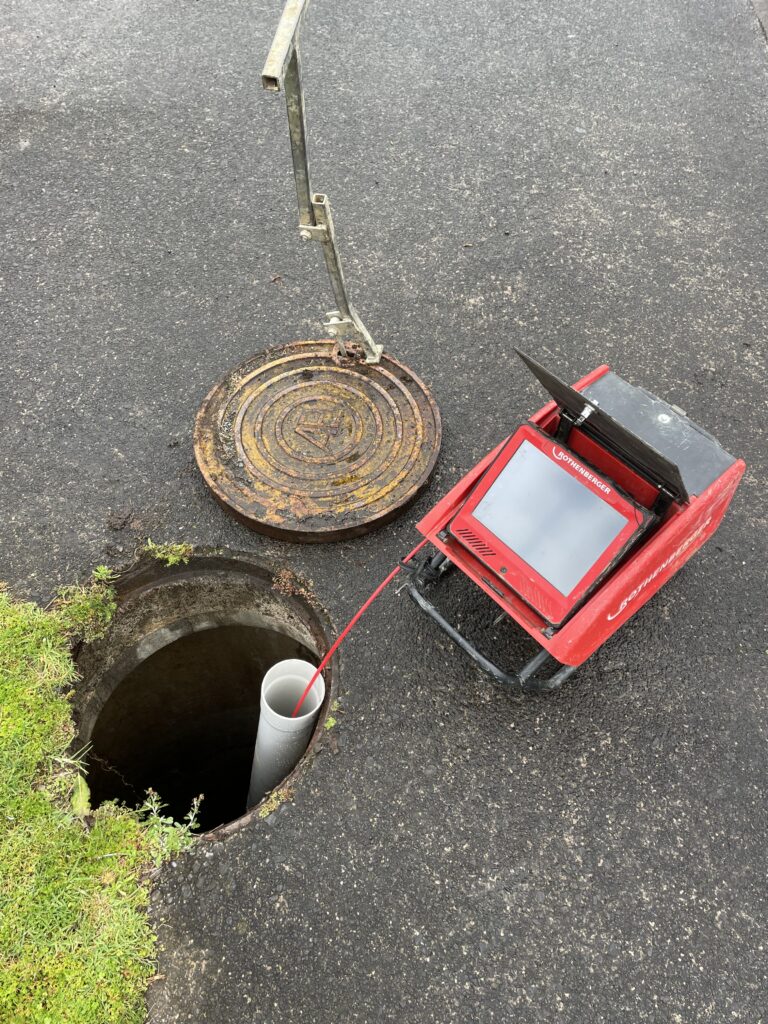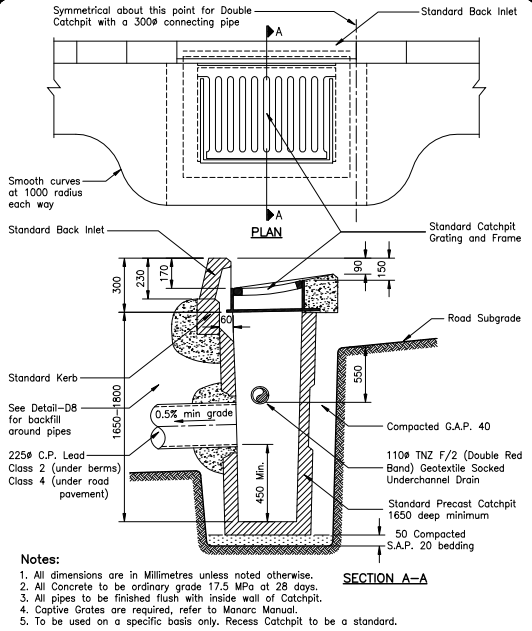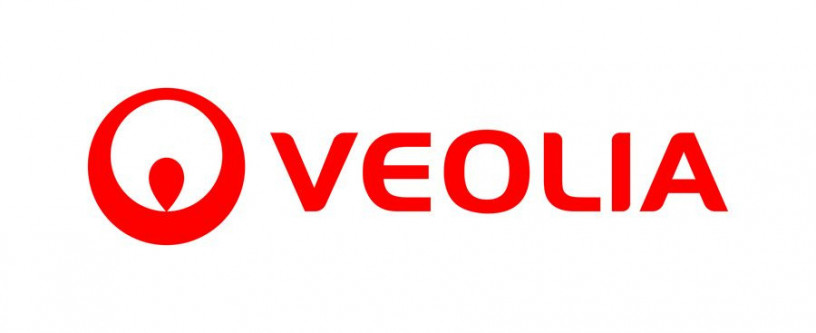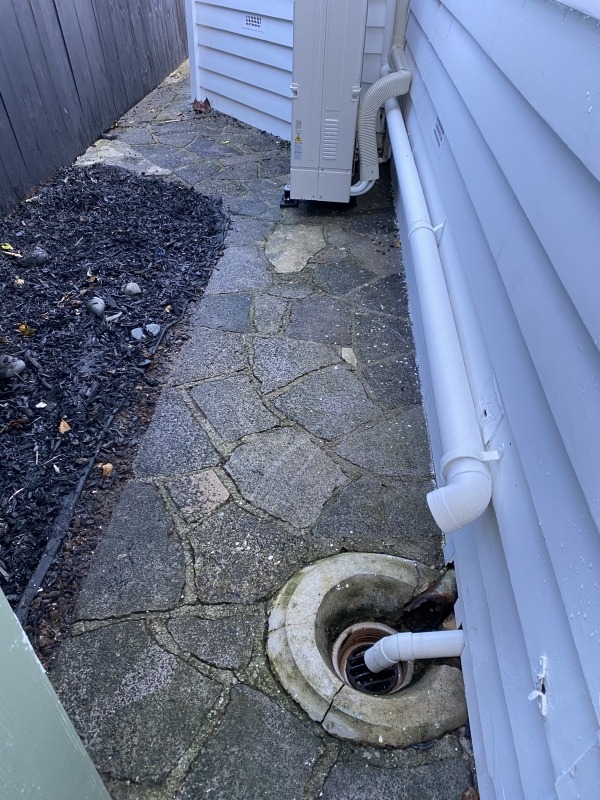It’s no secret that our homes are often the source of many of our biggest headaches. Whether it’s broken pipes, blocked drains, or simply an area of the house that needs a bit of TLC, we often find ourselves searching in the dark for a solution. But what if there was a way to quickly and accurately identify the issue and get it fixed? Well, that’s where a CCTV inspection comes in.
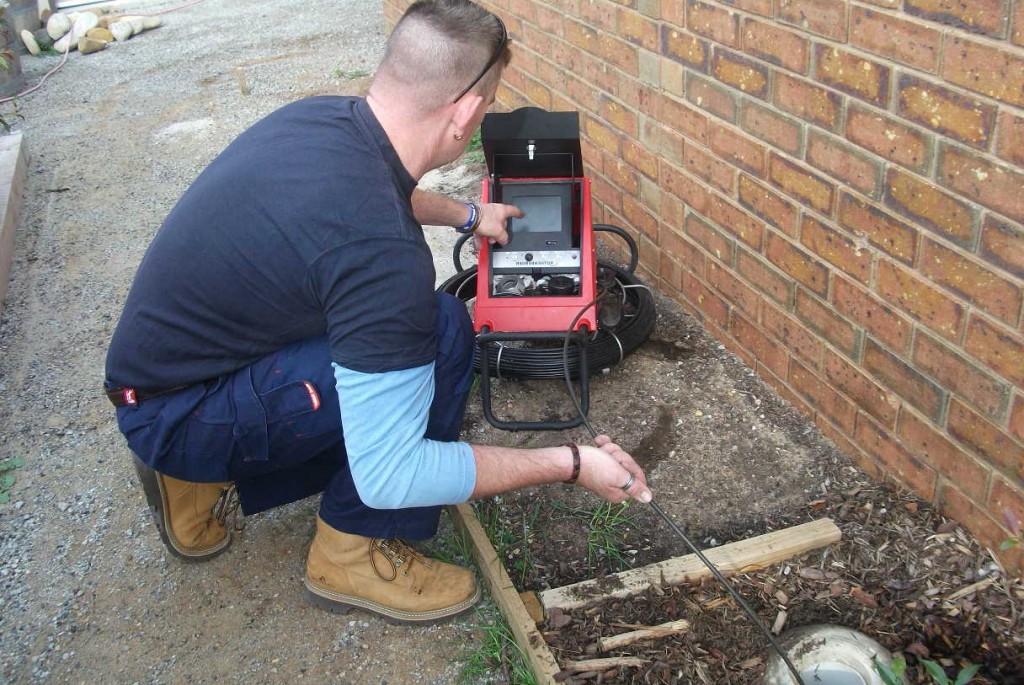
Introduction to CCTV Inspections
A CCTV inspection is the use of a closed-circuit television camera to inspect a home’s plumbing and drainage system. This type of inspection allows professionals to “see” inside the pipes and pinpoint any potential problems. It’s an invaluable tool for plumbing and drainage professionals and homeowners alike, as it allows for quick and accurate diagnosis of any issues.
The process is simple. A CCTV camera is inserted into the pipes and moved along the length of the pipe. As it moves, it takes pictures and videos of the interior of the pipe, allowing the technician to identify any potential problems. This information is then relayed back to the technician, who can then determine what needs to be done to fix the problem.
What Can a CCTV Inspection Reveal?
A CCTV inspection can reveal a multitude of problems. From broken pipes to blocked drains, a technician can pinpoint the exact problem and provide a solution. It can also help to identify any potential problems before they become an issue. This is especially helpful in older homes, where it can be difficult to identify any potential issues without a thorough inspection.
Some of the most common issues that a CCTV inspection can reveal include:
Blockages in the pipes
Leaks or breaks in the pipes
Root intrusion
Corrosion
Structural damage to the pipes
Cracks or holes in the pipes
How to Prepare for a CCTV Inspection
Preparing for a CCTV inspection is relatively easy. Before the technician comes to inspect the property, it’s important to ensure that all of the necessary access points are open and easily accessible. This includes manholes, cleanouts, and other access points.

It’s also important to make sure that the area around the pipes is clear, as this will help the technician to get a better view of the pipes. If there is any debris or obstructions in the way, it’s important to remove them before the technician arrives.
Finally, it’s a good idea to make sure that the pipes are clean. This can be done by flushing them out with water and running a snake through the pipes if needed. This will help to ensure that the technician can get a clear and unobstructed view of the pipes.
What to Look Out For During the Inspection
During the inspection, the technician will be looking for a variety of different things. They will be looking for any signs of damage or corrosion, as well as any blockages or root intrusions. They will also be looking for any signs of leaks, as these can be extremely dangerous and need to be fixed as soon as possible.
The technician will also be looking for any structural damage to the pipes. This can include cracks, holes, or breaks in the pipes. This is especially important in older homes, as these types of issues can often go unnoticed and can lead to serious problems down the line.
Common Problems Revealed by CCTV Inspections
The most common problems revealed by CCTV inspections are blockages, leaks, and root intrusions. Blockages are caused by a build-up of debris or other materials in the pipes, which can block the flow of water. Leaks can be caused by a variety of things, including broken pipes, corrosion, or even structural damage. Root intrusions are caused by tree roots growing into the pipes, which can cause blockages and damage the pipes.

How to Fix Common Problems Revealed by CCTV Inspections
After a CCTV inspection, the technician will be able to identify any problems and recommend the best course of action. In most cases, the technician will recommend one of two options: water blasting or unblocking.
Water blasting is a process where high-pressure water is used to flush out any blockages or debris from the pipes. This is usually the most effective option for blockages and is also relatively quick and easy.
Unblocking is a more involved process, where the technician uses specialized tools to remove the blockage from the pipes. This process is usually used for more serious blockages, such as root intrusions.
The Benefits of Using a CCTV Inspection
There are a number of benefits to using a CCTV inspection. First and foremost, it can help to identify any potential problems before they become an issue. This can save homeowners a lot of time, money, and stress.
A CCTV inspection can also save homeowners money in the long run. By identifying any issues before they become serious, homeowners can save money on repairs and avoid any costly problems down the line.
Finally, a CCTV inspection is a great way to help maintain the health of your home’s plumbing and drainage system. By identifying any potential problems and addressing them quickly, homeowners can help to ensure that their plumbing and drainage system stays in good condition for years to come.
Important Considerations When Choosing a CCTV Inspector
When choosing a CCTV inspector, it’s important to consider a few different factors. First and foremost, it’s important to make sure that the inspector is qualified and certified. This will ensure that the inspection is performed correctly and that any potential problems are identified and addressed quickly.
It’s also important to consider the cost of the inspection. CCTV inspections can be expensive, so it’s important to shop around and find the best deal. It’s also important to make sure that the inspector is experienced and knowledgeable, as this will ensure that the inspection is thorough and accurate.
Tips for Maintaining Your Home After a CCTV Inspection
Once the inspection is complete, it’s important to take steps to maintain your home’s plumbing and drainage system. This includes regular inspections of all access points, such as manholes and cleanouts. It’s also important to make sure that all pipes are clear of debris and that any minor repairs are addressed quickly. Finally, it’s important to make sure that all pipes are properly insulated to help prevent any issues in the future.
Conclusion
A CCTV inspection is an invaluable tool for homeowners and drainage professionals alike. It can help to quickly and accurately identify any potential problems and allow for quick and effective remedies. It can also help to maintain the health of your home’s plumbing and drainage system, saving you time and money in the long run.
If you’re looking for a reliable and experienced CCTV inspector, then look no further than Drainage NZ. With years of experience and a commitment to excellence, they are sure to get the job done right. Get Drainage NZ to do the next CCTV job at your house!






